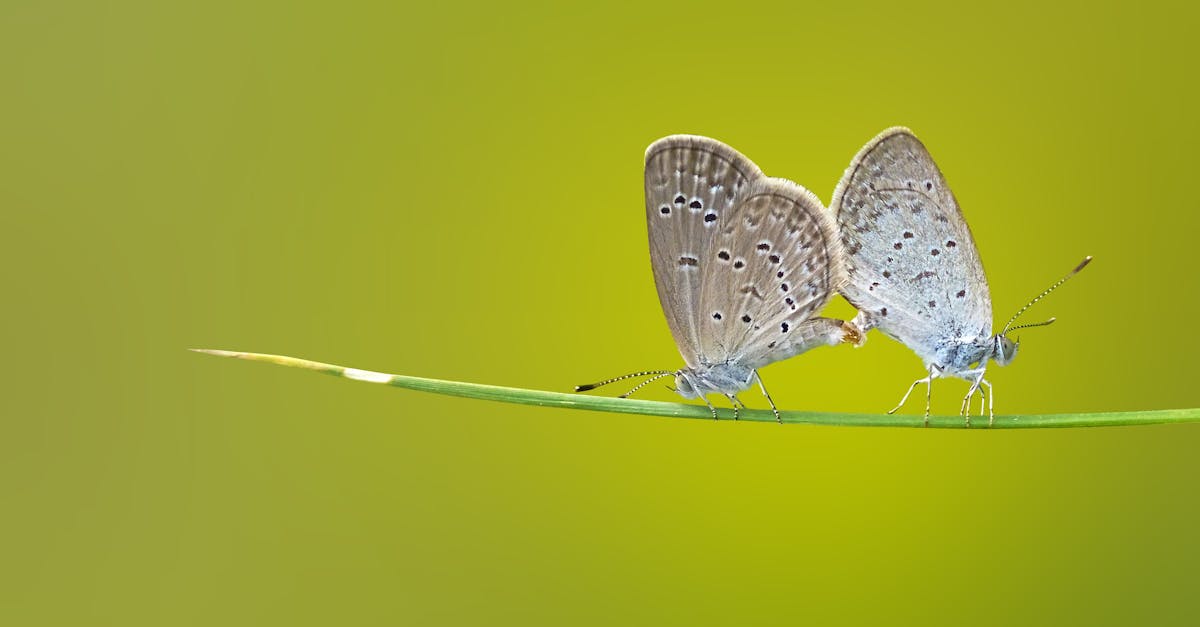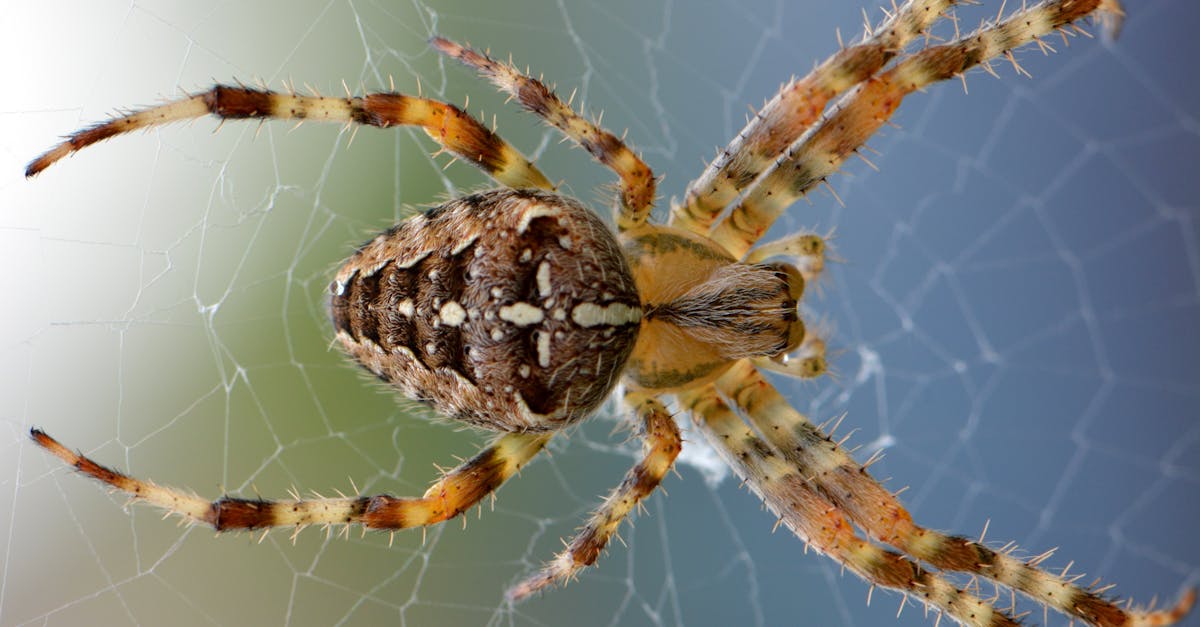Unlocking the Potential: Transform Your Balcony into a Haven for Beneficial Insects

Harnessing Nature: Unveiling the Benefits of Beneficial Insects for Balcony Gardens
Balcony gardens, with their limited space, have always presented unique challenges for plant enthusiasts. The absence of a large surface area may hinder the growth of various plant species and attract beneficial insects. However, with careful planning and understanding of insects’ needs, balcony gardens can be transformed into vibrant ecosystems that support a diverse range of beneficial insects.
Beneficial insects are nature’s hidden heroes in the garden. They play pivotal roles in pollination, pest control, and nutrient cycling, ultimately fostering a healthy and balanced environment for plants to thrive. These tireless allies aid in creating a thriving ecosystem, benefiting both the plants and the gardener alike.
1. Benefits of Beneficial Insects in Balcony Gardens

Benefits of Beneficial Insects in Balcony Gardens: Explore the valuable contributions of beneficial insects, including pollination, pest control, and nutrient cycling, showcasing their indispensable role in maintaining a thriving balcony garden ecosystem.
Beneficial insects are the unsung heroes of any garden, and balcony gardens are no exception. These tiny creatures play a vital role in maintaining a healthy and productive ecosystem, providing essential services that benefit both plants and humans alike.
One of the most important roles beneficial insects play is pollination. Pollinators, such as bees, butterflies, and moths, transfer pollen from one flower to another, enabling plants to reproduce. Without pollinators, many of our favorite fruits, vegetables, and flowers would simply not exist. Pollination also increases the yield and quality of fruits and vegetables, ensuring a bountiful harvest for balcony gardeners.
Beneficial insects also play a crucial role in pest control. Ladybugs, lacewings, and parasitic wasps prey on common garden pests, such as aphids, spider mites, and whiteflies. By keeping pest populations in check, beneficial insects can reduce the need for chemical pesticides, creating a safer and more sustainable balcony garden environment. In addition, beneficial insects contribute to nutrient cycling by breaking down organic matter and releasing nutrients back into the soil, which can be utilized by plants for growth and development.
2. Selecting Beneficial Insects for Balcony Gardens

Selecting Beneficial Insects for Balcony Gardens: Provide insights into the diverse array of beneficial insects suitable for balcony gardens, discussing their specific roles and habitat requirements to ensure optimal integration with existing flora.
When selecting beneficial insects for your balcony garden, it is important to consider their specific roles and habitat requirements. Some beneficial insects are generalists and will feed on a wide range of pests, while others are specialists and target only a specific pest species. It is also important to choose beneficial insects that are compatible with the plants you are growing. Some beneficial insects may be attracted to certain plants, while others may avoid them.
Some of the most common beneficial insects for balcony gardens include:
- Ladybugs: Ladybugs are voracious predators of aphids, mealybugs, and other soft-bodied pests. They are attracted to plants with bright colors, such as sunflowers and marigolds.
- Lacewings: Lacewings are delicate insects that lay their eggs on the leaves of plants. The larvae hatch and feed on aphids, whiteflies, and other small pests. Lacewings are attracted to plants with nectar, such as zinnias and cosmos.
- Parasitic wasps: Parasitic wasps lay their eggs inside the bodies of pests, such as caterpillars, aphids, and whiteflies. The wasp larvae hatch and feed on the pest, eventually killing it. Parasitic wasps are attracted to plants with flowers, such as daisies and lavender.
When introducing beneficial insects to your balcony garden, it is important to provide them with a habitat that meets their needs. This may include providing them with food sources, such as nectar-producing plants or aphid-infested plants. It is also important to provide them with shelter, such as a small insect house or a pile of leaves.
3. Creating a Welcoming Habitat for Beneficial Insects
Creating a Welcoming Habitat for Beneficial Insects: Outline essential steps for creating a balcony garden environment that attracts and sustains beneficial insects, emphasizing the importance of providing food sources, nesting sites, and shelter.
To attract and sustain beneficial insects in your balcony garden, it is important to create a welcoming habitat that meets their needs. This includes providing them with food sources, nesting sites, and shelter.
Food sources: Beneficial insects need a variety of food sources to survive. Some beneficial insects, such as ladybugs and lacewings, are predators and feed on other insects. Other beneficial insects, such as bees and butterflies, feed on nectar and pollen. To provide a variety of food sources for beneficial insects, plant a variety of flowers, herbs, and vegetables in your balcony garden. Some good choices include sunflowers, marigolds, zinnias, cosmos, daisies, lavender, and oregano.
Nesting sites: Beneficial insects also need places to nest and lay their eggs. Some beneficial insects, such as ladybugs and parasitic wasps, nest in small crevices or holes. Other beneficial insects, such as bees and butterflies, nest in hollow stems or leaves. To provide nesting sites for beneficial insects, place a small insect house in your balcony garden. You can also leave some dead leaves or sticks in a corner of your garden.
4. Attracting Beneficial Insects Naturally
Attracting Beneficial Insects Naturally: Explore effective techniques for attracting beneficial insects without relying on harmful chemicals, including companion planting, water features, and the strategic use of specific plants known to attract beneficial insects.
There are a number of effective ways to attract beneficial insects to your balcony garden without relying on harmful chemicals. Some of these methods include:
Companion planting: Companion planting is the practice of planting different species of plants together to benefit each other. For example, planting marigolds next to tomatoes can help to repel pests that are attracted to tomatoes. Other good companion plant combinations include planting basil next to tomatoes, planting carrots next to onions, and planting lettuce next to strawberries.
Water features: Beneficial insects need water to survive, so providing a water source in your balcony garden is a great way to attract them. You can do this by placing a shallow dish of water in your garden or by creating a small water feature, such as a birdbath or a fountain.
Specific plants: Some plants are known to attract beneficial insects. These plants include sunflowers, marigolds, zinnias, cosmos, daisies, lavender, and oregano. Planting these plants in your balcony garden will help to attract a variety of beneficial insects.
5. Monitoring and Maintaining Beneficial Insect Populations
Monitoring and Maintaining Beneficial Insect Populations: Provide guidance on monitoring the presence and populations of beneficial insects, ensuring their continued presence in the balcony garden. Discuss potential challenges and offer solutions to maintain a healthy balance.
To ensure the continued presence of beneficial insects in your balcony garden, it is important to monitor their populations and take steps to maintain a healthy balance. Here are some tips:
Monitor beneficial insect populations: You can monitor beneficial insect populations by simply observing your plants and looking for signs of their presence. For example, if you see ladybugs or lacewings on your plants, it is a sign that they are present and actively feeding on pests. You can also use sticky traps to monitor the presence of beneficial insects. Sticky traps are coated with a sticky substance that traps insects that come into contact with them. By placing sticky traps in your garden, you can get an idea of the types and numbers of beneficial insects that are present.
Maintain a healthy balance: It is important to maintain a healthy balance of beneficial insects in your balcony garden. Too many beneficial insects can lead to competition for resources, while too few beneficial insects can lead to an increase in pests. To maintain a healthy balance, avoid using pesticides, which can kill beneficial insects as well as pests. You should also provide a variety of food sources and nesting sites for beneficial insects.
Quiz
1. Which of the following is NOT a benefit of beneficial insects in balcony gardens?
(a) Pollination (b) Pest control (c) Nutrient cycling (d) Increased water retention
2. True or False: All beneficial insects are predators.
(a) True (b) False
3. Which of the following plants is known to attract ladybugs?
(a) Sunflowers (b) Marigolds (c) Zinnias (d) All of the above
4. What is one way to provide a nesting site for beneficial insects?
(a) Place a small insect house in your garden. (b) Leave some dead leaves or sticks in a corner of your garden. (c) Both (a) and (b) (d) None of the above
5. True or False: Companion planting can be used to attract beneficial insects.
(a) True (b) False
Answer Key
- (d) Increased water retention
- (b) False
- (d) All of the above
- (c) Both (a) and (b)
- (a) True
